- News Center
 Company news
Company news Industry information
Industry information
- Stainless steel 06
- Stainless steel 07
- Stainless steel 05
- Stainless steel 03
- Stainless steel 04
- Stainless steel 01
- Stainless steel 02
- Aluminum castings 05
- Aluminum castings 04
- Aluminum castings 03
- Aluminum castings 02
- Aluminum castings 01
- Aluminum die-casting product 08
- Aluminum die-casting product 07
- Aluminum die-casting product 06
- Aluminum die-casting product 05
Industry information
Position:Home > News Center > Industry information
- The formation principle of the crackle of the low pressure cast aluminum casting wheel
- Editor:Hangzhou Hongcheng Pml Precision Mechanism LtdDate:2017-05-18 14:15 Click:
low pressure cast aluminum is a common metal casting process, which mainly uses the mold cavity to exert high pressure on the molten metal, similar to plastic injection molding. Low pressure cast aluminum is the most widely used in various casting processes. Compared with other casting technologies, the surface of die casting is more smooth and has higher dimensional consistency. However, non-standard operations and parameters will also produce many kinds of defects.
The quality of low pressure cast aluminum parts is affected by such factors as process plan, process parameters, die structure and manual operation, and the mutual influence between them. The improper design or improper operation of any link may lead to the defects of the low pressure casting parts. Among them, the production of aluminum alloy wheel crack is an important factor affecting enterprise production costs and production efficiency.
The hot crack of the alloy wheel in the low pressure cast aluminum alloy wheel is usually considered to be produced during the solidification of the alloy. Because of the heat transfer of the wall, the casting is always solidified from the surface. When a large number of dendrites are found on the surface of the casting and are joined to form a complete skeleton, solid shrinkage (often expressed by linear shrinkage) occurs. However, there is still a layer of unsolidified liquid metal film (liquid film) between the dendrites. If the shrinkage of the castings is not obstruct, then the dendrite layer is free to shrink without the force of the force, and the stress will not appear.





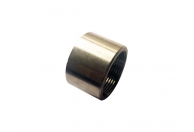
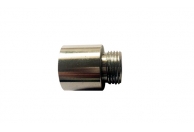
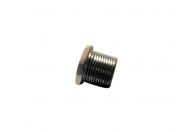

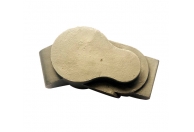
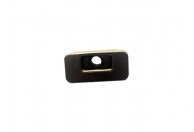

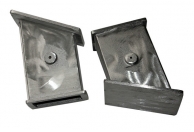
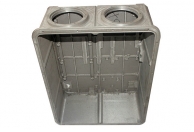
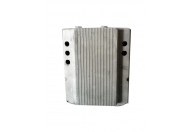
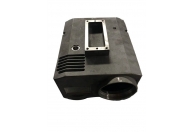
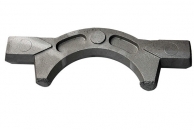
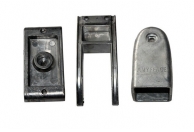

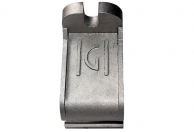
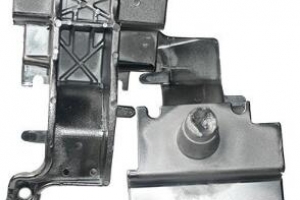 The crack of the alloy wheel in the low pressure cast aluminum alloy wheel is mainly caused by the stress concentration, or the unequal stress of the wheel, or the cracking caused by the liquid solidification at the pipe. The cracks are usually divided into two kinds of cold crack and hot crack. A cold crack is a crack formed when the alloy is below its solidus temperature. Cold cracking is produced when the casting is cooled to a low temperature, and the casting stress on the casting exceeds the allowable degree of strength or plasticity of the casting itself.
The crack of the alloy wheel in the low pressure cast aluminum alloy wheel is mainly caused by the stress concentration, or the unequal stress of the wheel, or the cracking caused by the liquid solidification at the pipe. The cracks are usually divided into two kinds of cold crack and hot crack. A cold crack is a crack formed when the alloy is below its solidus temperature. Cold cracking is produced when the casting is cooled to a low temperature, and the casting stress on the casting exceeds the allowable degree of strength or plasticity of the casting itself. 